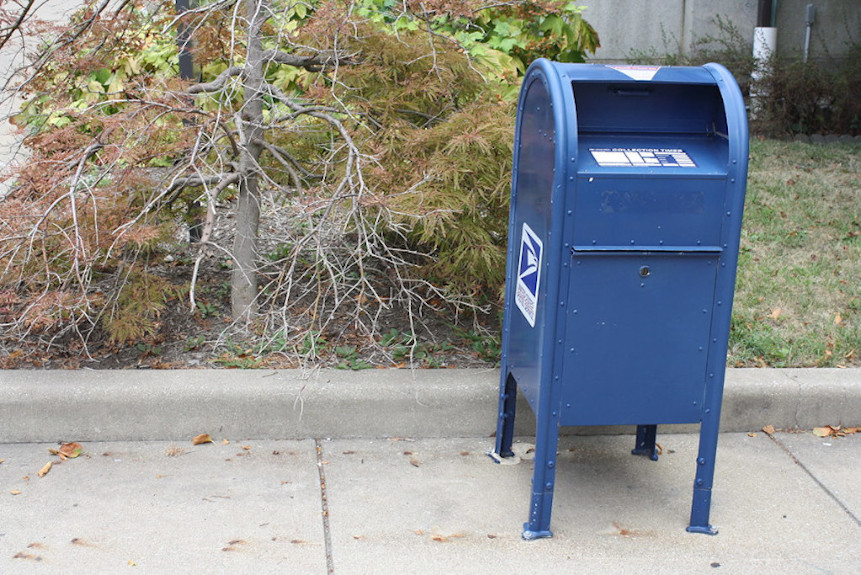
While REST is the most common way to access a microservice, other alternative approaches do exist. In this example we will introduce rsocket, and explain how to use it to expose your service.

While REST is the most common way to access a microservice, other alternative approaches do exist. In this example we will introduce rsocket, and explain how to use it to expose your service.

While kubetctl allows developers and operations to control Kubernetes clusters, it may be necessary to interact with your Kubernetes instances programatically. In this article, we will explore the using the Kubernetes Java Client API provided by Fabric8.

When building and deploying application clients, controlling the visibility of various runtime features can simplify client deployment and testing. In this article, we will build the FeatureService which allows an application to query the service for a set of runtime feature toggles. These feature toggles can be used by the application client to enable or disable selected features.

Throughout the construction of the microservice reference implementation, we have had access to our services aggregated logging and operational metrics. It would be advantageous to extend this visibility beyond the boundary of the backend to our application clients. This article constructs the TelemetryService. This service provides application clients with an endpoint where they can log operational messages for troubleshooting and analysis.

Every application needs an administration console, and ours is no exception. In this article, we will build the AdministrationService to provide users with administration privileges to view, query, and control, various aspects of the application. Once constructed, we will exercise the service's Swagger interface and view the service's operational metrics using the AdministrationDashboard in Grafana.

During the lifetime of every user account, various events are generated and published to the application's message queue. It is advantageous to capture and persist these events to provide an audit log of an account's activity. In this article, we will build the AccountHistoryService which performs this task. In addition to capturing the account events, the service also provides a REST endpoint to query these events. After construction, we will deploy the application and exercise the generated Swagger interface. We then view the operational metrics using the AccountHistory Grafana dashboard.

This article will finish construction of the OutboundEmailService by implementing the service's REST controller and MessageQueue listener. We will use Docker-Compose to deploy the service. Once the service starts, we exercise the REST endpoint using the service's Swagger user interface and send messages to the service's message queue via RabbitMQ's web interface. We complete the article by viewing the service's operational metrics using Grafana.

A common requirement for many applications is the ability to send email messages. In this first part of a two-article series, we build the OuboundEmailService. The service receives outbound email requests via REST endpoint and Message Queue listener and sends them to a configured email provider. This article will focus look at the service models, and the core logic for sending email messages. We will configure Swagger to allow us to exercise the service endpoint, and also discuss service Internationalization (I18N).

Microservices not Monoliths.
ThinkMicroservices.com is a resource for understanding Microservices.
© ThinkMicroservices.com. Sitemap.